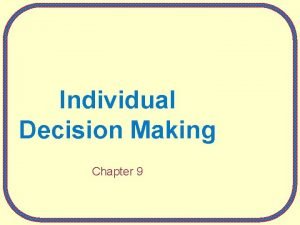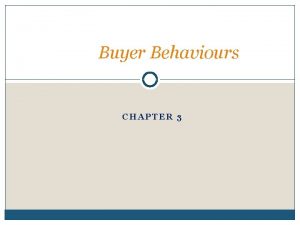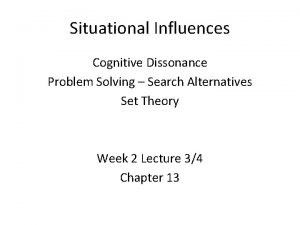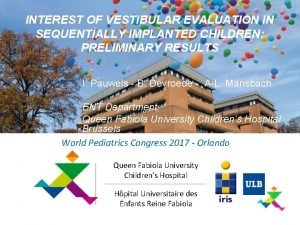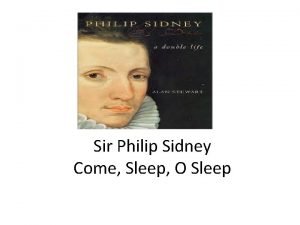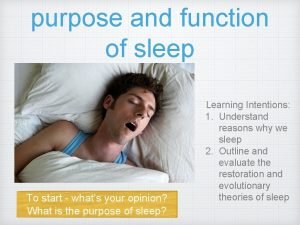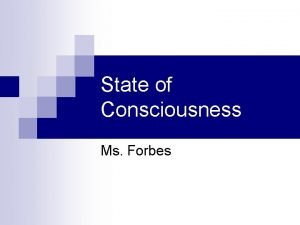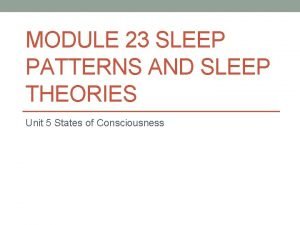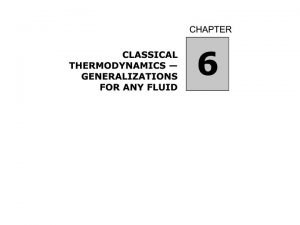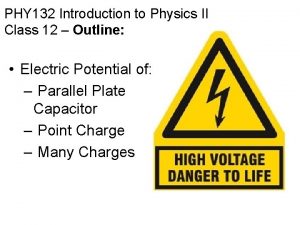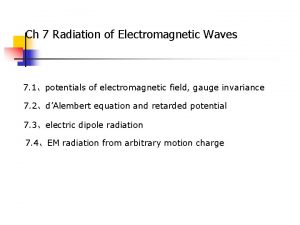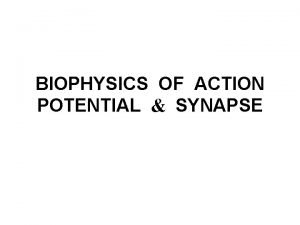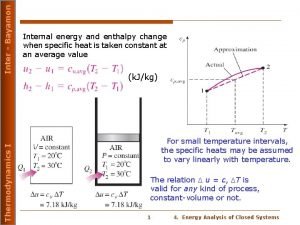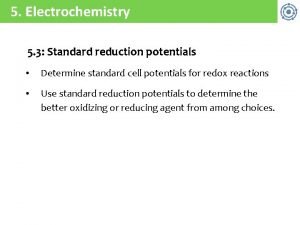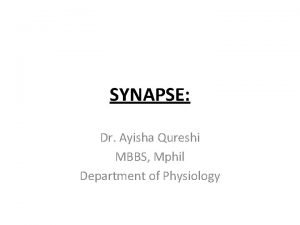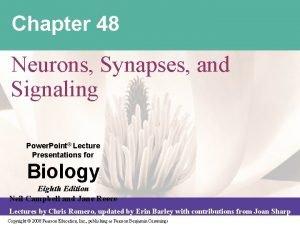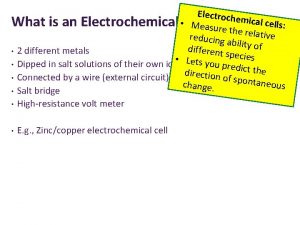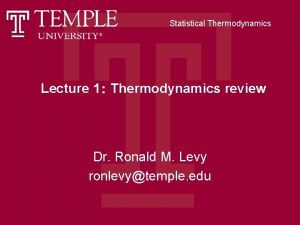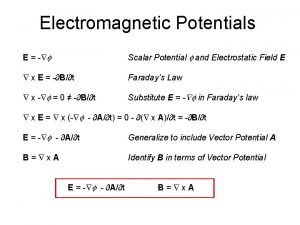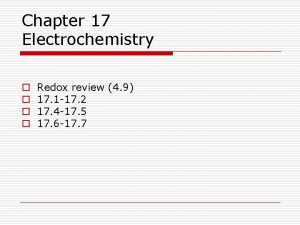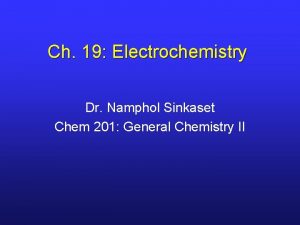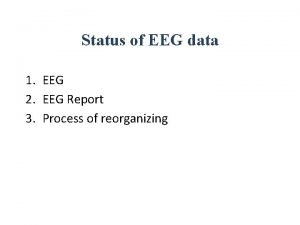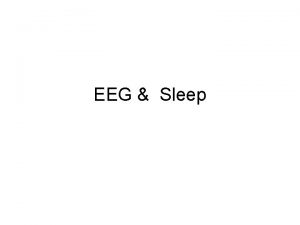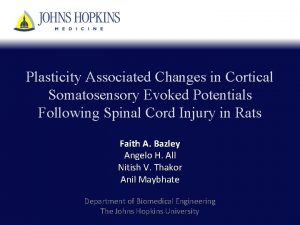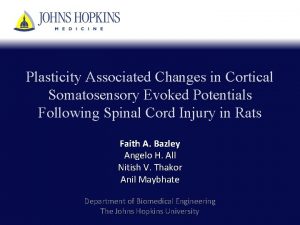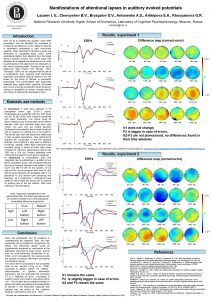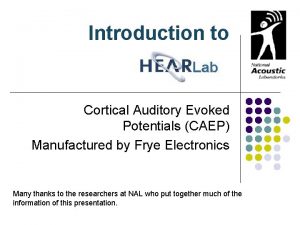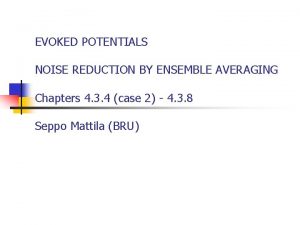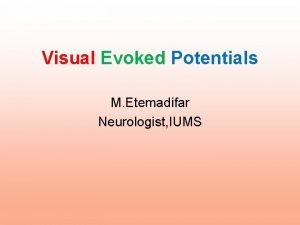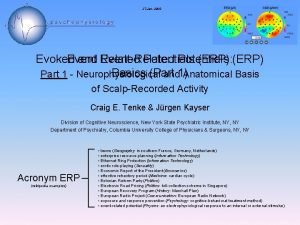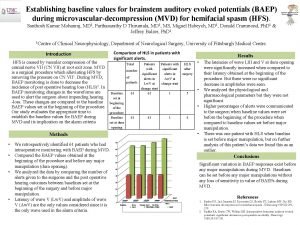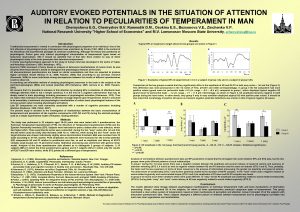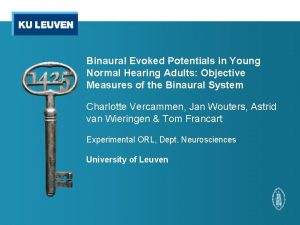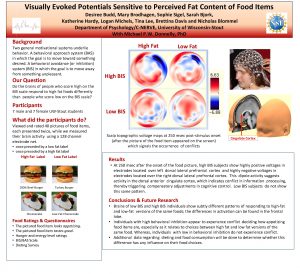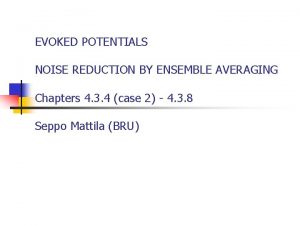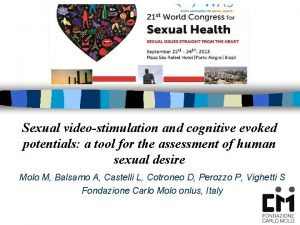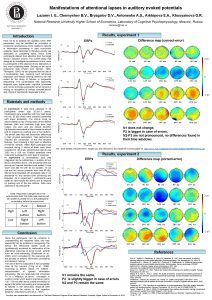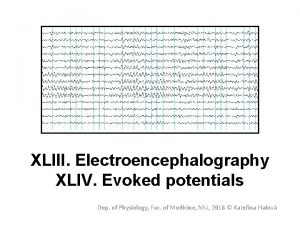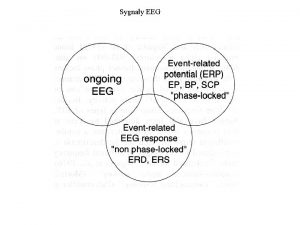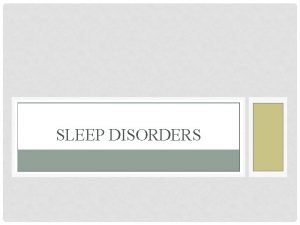EEG SLEEP EVOKED POTENTIALS EEG Registration of electrical






























- Slides: 30

EEG, SLEEP, EVOKED POTENTIALS

EEG Registration of electrical brain potentials It reflects function properties of the brain Richard Caton 1875 – 1. Registration of ECo. G and evoked potentials Hans Berger 1929 – human EEG, basic rhythm of electrical activity alfa (8 -13 Hz) and beta (14 -30) After 1945 – EEG as a clinical inspection

EEG activity is mostly rhytmic and of sinusoidal shape rhythm 8 -13 Hz Rhythm 14 -30 Hz rhythm 4 -7 Hz rhythm 3 and less Hz rhythm , rolandický rytmus 8 -10 Hz

Normal EEG – lokalization of graphoelement types Frontal - activity Sevření pěsti Uvolnění pěsti parietal – , rolandic rhythmus Temporal , activity Otevření očí Zavření očí Temporo-parietooccipital - activity Podle Faber Elektroencefalografie






Epilepsy

Epilepsy seizure petit mal (absence) Spike and wave activity The seizure was clinically manifest as a staring spell

SLEEP The age-old explanation until 1940 s – sleep is simply a state of reduced activity Nathaniel Kleitman in early 1950 s made remarkable discovery: Sleep is not a single process, it has two distinct phases: REM sleep is characterized by Rapid Eye Movements Non-REM sleep Moruzzi in late 1950 s studied reticular formation: rostral portion (above the pons) contributes to wakefulness. Neurons in the portion of RF below pons normally inhibit activity of the rostral part Sleep is an actively induced and highly organized brain state with different phases

Sleep follows a circadian rhythm about 24 hours Circadian rhythms are endogenous – persist without enviromental cues – pacemaker, internal clock – suprachiasmatic ncl. hypothalamus Under normal circumstances are modulated by external timing cues – sunlight – retinohypothalamic tract from retina to hypothalamus (independent on vision) Resetting of the pacemaker Lesion or damage of the suprachiasmatic ncl. – animal sleep in both light and dark period but the total amount of sleep is the same suprachiasmatic ncl. regulates the timing of sleep but it si not responsible for sleep itself




Average evoked potentials Event-related potentials Routine procedure of clinical EEG laboratories from 1980 s Valuable tool for testing afferent functions EEG changes bind to sensory, motor or cognitive events

Electrical activity – electrodes placed on the patient’s scalp Evoked electrical activity appears against a background of spontaneous electrical activity. Evoked activity = a signal Background activity = a noise Signal lower amplitude than noise, it may go undetected (hidden or masked by the noise) Solution - by increasing amplitude of the signal – intensity of stimulation -by reducing the amount of the noise

Signal averaging Mixture of electrical activity composed of spontaneously generated voltages and the voltage evoked by stimulation Segments or epochs of equal duration Start coincides with the presentation of stimulus Duration varies from 10 to hundrets milliseconds Brain’s spontaneous electrical activity is random with respect to the signal – sum of many cycles will tend to cancel out. (to zero) The polarity of the EP will always be the same at any given point in time relative to the evoking stimulus Evoked activity will sum linearly

How to reduce the amount of the noise -Superimposition

How to reduce the amount of the noise Simplified diagram illustrating how coherent averaging enhances a low level signal (coherent = EP time locked to the evoking stimulus)

Description of waveforms: peaks (positive deflection) troughs (negative deflection) Measures: 1. Latency of peaks and troughs from the time of stimulation 2. Time elapsing between peaks and/or troughs 3. Amplitude of peaks and troughs Comparison of the patient’s recorded waveforms with normative data

Visual-evoked potentials (VEP) Anatomical basis of the VEP:

Visual-evoked potentials (VEP) Electrical activity induced in visual cortex by light stimuli Anatomical basis of the VEP: Retina Rods and Cones Bipolar neurons Ganglion cells Anterior visual pathways Retrochiasmal pathways Optic nerve Optic chiasm Optic tract Lateral geniculate body Optic radiation Occipital lobe, visual cortex

Visual-evoked potentials (VEP) Stimulus: checkerboard pattern on a TV monitor The black and white squers are made to reverse A pattern-reversal rate – from 1 to 10 per second Electrodes - 3 standard EEG electrodes placed over the occipital area and a reference elektrode in a midfrontal area Analysis time (one epoch) is 250 ms Number of trials 250 , 2 tests at least to ensure that the waveforms are replicable

Normal VEPs to pattern-reversal, full-field stimulation of the right eye

Abnormal VEPs Absence of a VEP Prolonged P 100 – latency - demyelination of the anterior visual pathways Amplitude attenuation - compressive lesions Prolonged P 100 only on left or right eye stimulation – lesion of the ipsilateral optic nerve Excessive interocular difference in P 100 latency – lesion of the ipsilateral optic nerve

VEPs as a tool in the diagnosis of multiple sclerosis: Excessive interocular difference in P 100 latency Prolonged absolute latency Decreased amplitude Compression of optic nerve, optic chiasm (tumor of pituitary gland or optic nerve glioma) Decreased amplitude Prolonged latency of P 100

Brain-stem auditory-evoked potential BAEP Short-latency somatosensory-evoked potential SSEP

Short-latency somatosensory-evoked potential SSEP Left median nerve study
 Analyzing voice in literature
Analyzing voice in literature Decision chapter 9
Decision chapter 9 Consumer decision rule
Consumer decision rule Evoked set
Evoked set Evoked set
Evoked set Evoked set of brands
Evoked set of brands Intercategory gifting
Intercategory gifting Vestibular evaluation
Vestibular evaluation Evoked set
Evoked set Cognitive consumer
Cognitive consumer Module 23 sleep patterns and sleep theories
Module 23 sleep patterns and sleep theories Come sleep
Come sleep Module 23 sleep patterns and sleep theories
Module 23 sleep patterns and sleep theories Adults spend about ______% of their sleep in rem sleep.
Adults spend about ______% of their sleep in rem sleep. Module 23 sleep patterns and sleep theories
Module 23 sleep patterns and sleep theories Thermodynamic square
Thermodynamic square Two protons one after the other are launched
Two protons one after the other are launched Lienard-wiechert potentials
Lienard-wiechert potentials What are electrical synapses
What are electrical synapses Definition of graded potential
Definition of graded potential What is cv in thermodynamics
What is cv in thermodynamics Cathode anode standard reduction potential
Cathode anode standard reduction potential Ipsp vs epsp
Ipsp vs epsp U=ts-pv
U=ts-pv Postsynaptic potentials
Postsynaptic potentials Task 8 electrode potentials answers
Task 8 electrode potentials answers Source of bioelectric potential is
Source of bioelectric potential is Thermodynamic potentials
Thermodynamic potentials Magnetic scalar potential
Magnetic scalar potential Table of standard reduction potentials
Table of standard reduction potentials Use the tabulated half-cell potentials to calculate
Use the tabulated half-cell potentials to calculate

